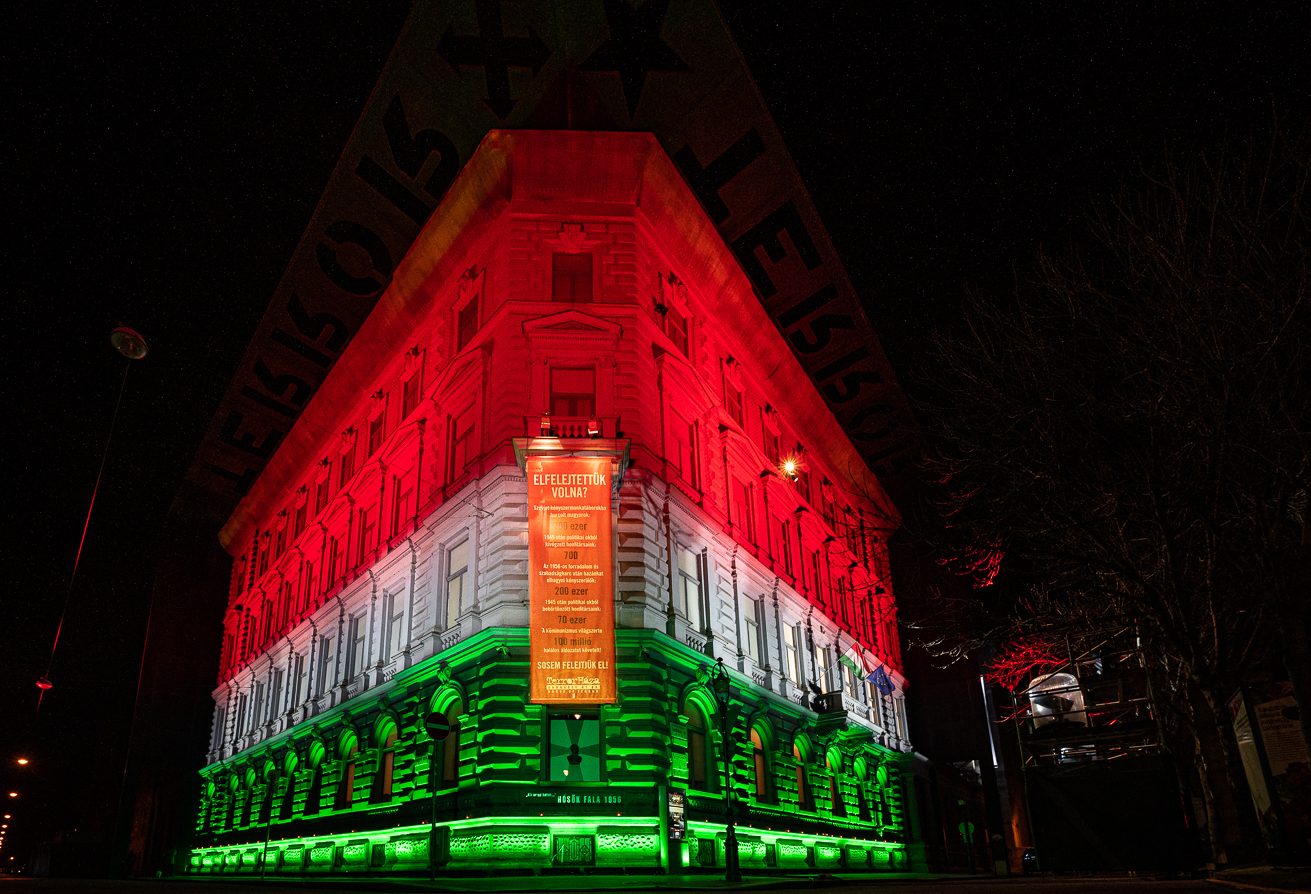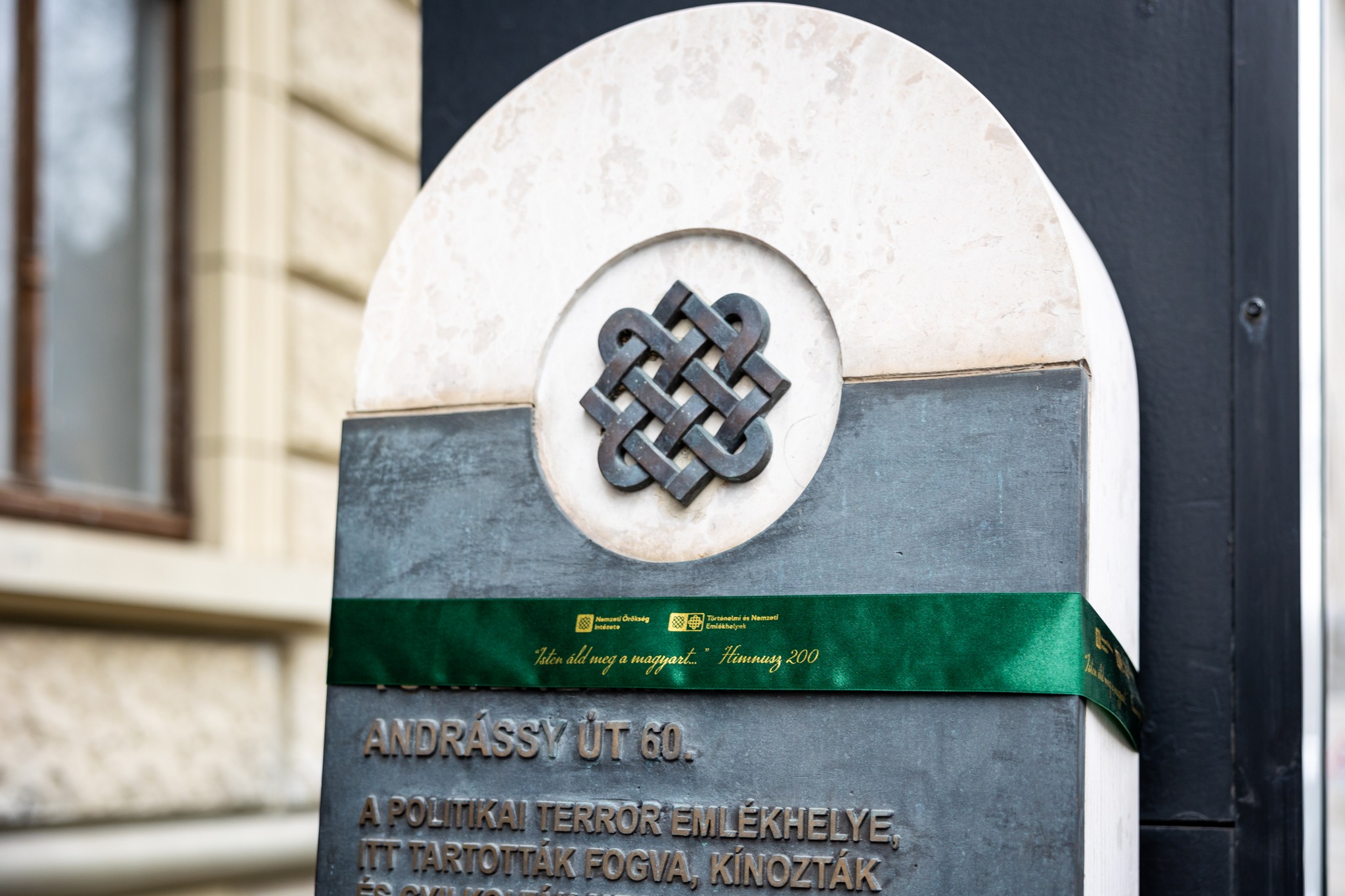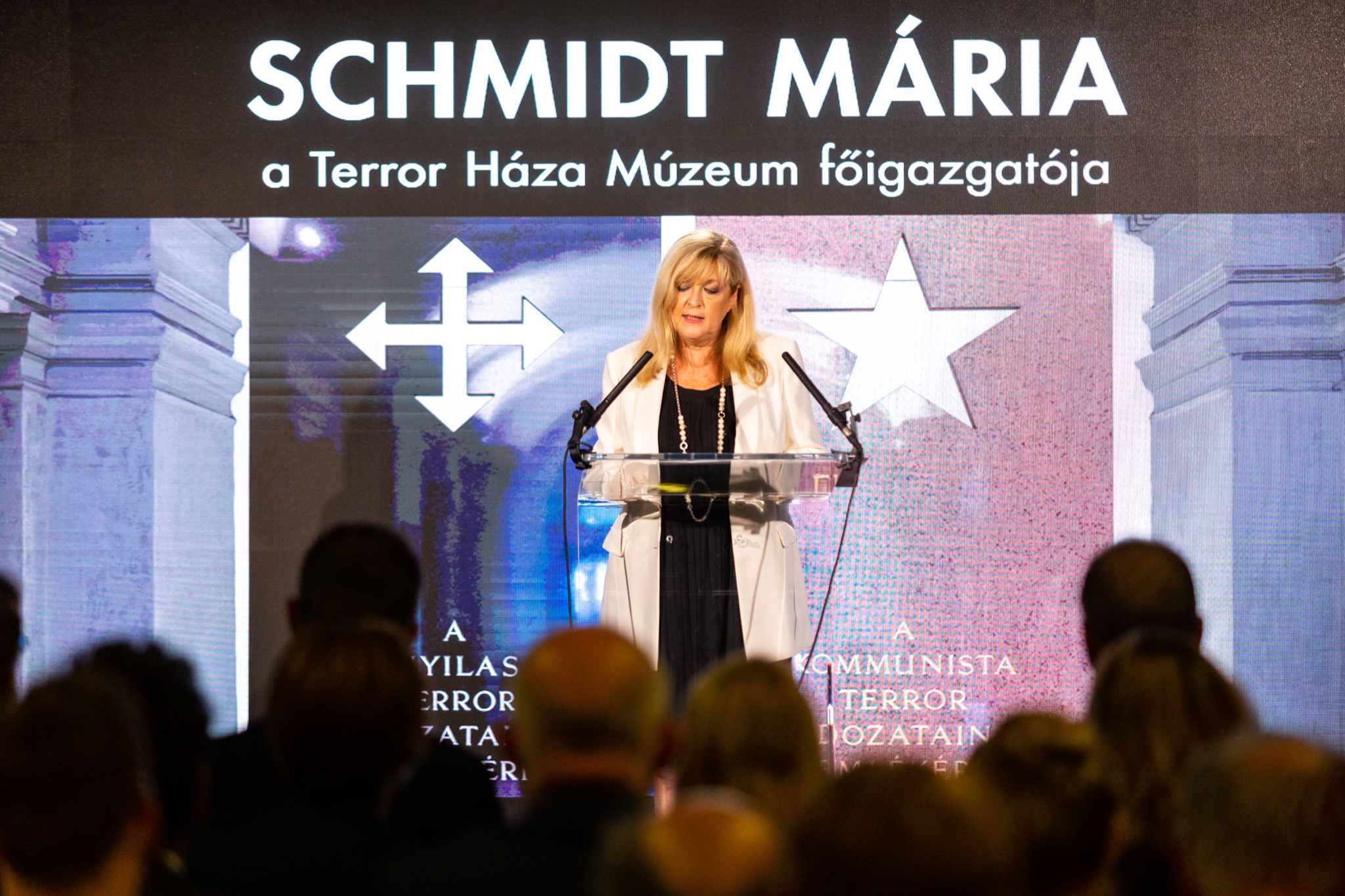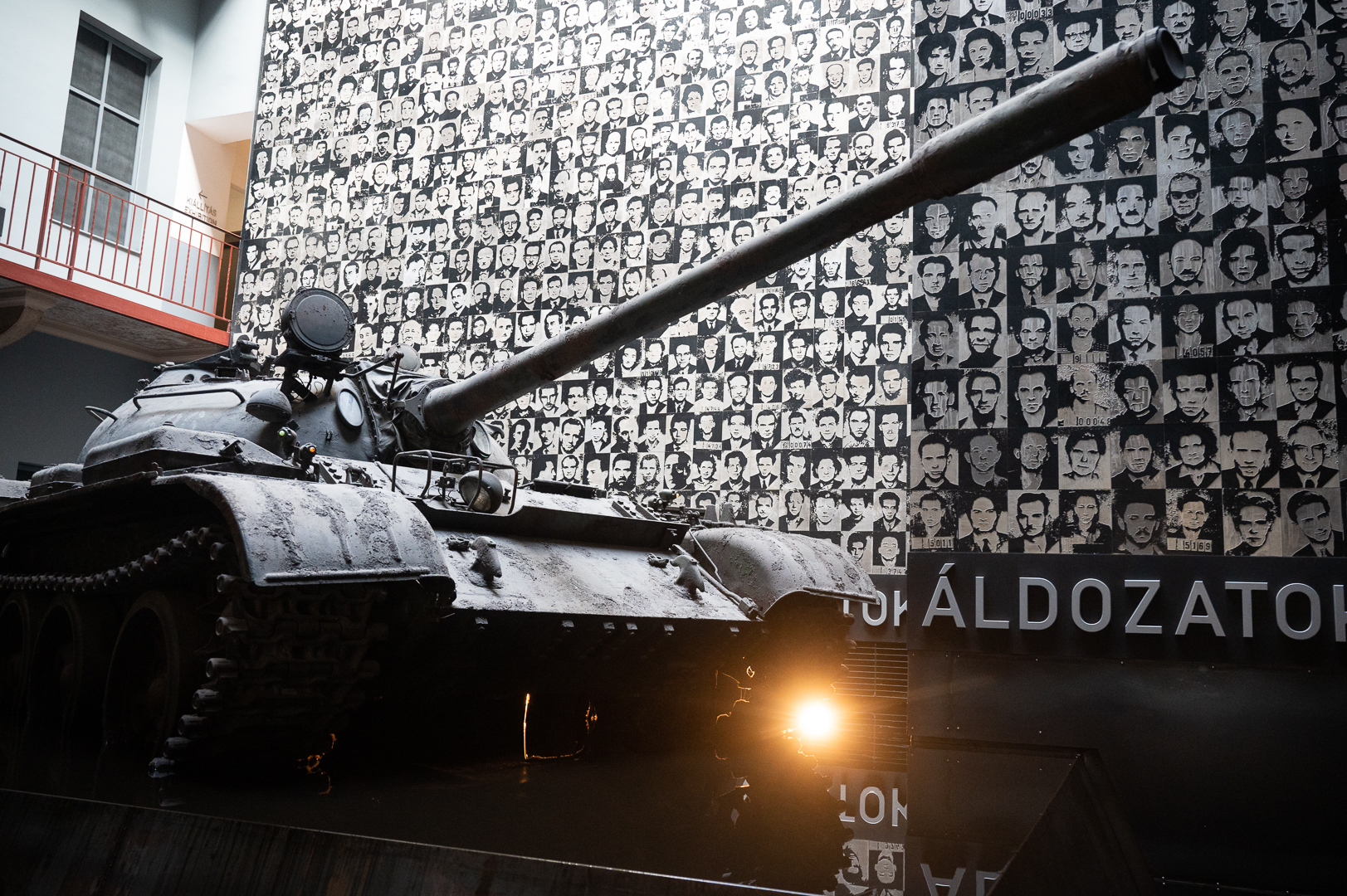The historic basilica will be rebuilt, serving as the resting place of some of the greatest Hungarian kings.Continue reading

The opening of the House of Terror Museum was a historic milestone, as just over a decade after the fall of communism, Hungary was the first country to have a museum and memorial site that juxtaposed the two totalitarian dictatorships “imposed on us” by the powers occupying Hungary between 1944 and 1989, said the director of the Communism Research Institute.
Rajmund Fekete has remarked so after giving a lecture at a joint summer university in Zagreb organized by the New Direction Foundation and the Croatian Center for the Renewal of Culture on the challenges facing conservatism today.
He recalled that the building at 60 Andrássy Avenue was an important site of two totalitarian dictatorships – Arrow Cross and Communist – from 15 October 1944 to 1956. The building has become intertwined with the concept of terror in Hungary because of its heavy historical experience and the compulsion to remain silent, he said.

Photo via Facebook/Terror Háza Múzeum
At this point, Rajmund Fekete quoted Prime Minister Viktor Orbán’s speech at the opening of the museum on 24 February, 2002, when he said that
this building has great power”, while stressing that “this building is meant to protect the nation from its own shadow”.
The director recalled that it took courage to open the museum because, more than 20 years ago, the atrocities of National Socialism were considered unique and incomparable in Western Europe. “However, the founder of the House of Terror Museum, Professor of History Maria Schmidt, ignored this prohibition because she was convinced that Nazi and Communist crimes were one and the same,” pointed out Rajmund Fekete.

Mária Schmidt, director of the museum. Photo via Facebook/Terror Háza Múzeum
He also noted that it was considered a heretical idea, especially in a country where post-communists had transposed their power after the 1989 regime-change and continued to fight rearguard battles for the exclusive possession of the past.
From the very beginning, this elite was terrified of the mere existence of the House of Terror Museum, because it would have led to the disintegration of the left’s remaining myth and undermined its fragile legitimacy,”
the director of the Institute for the Study of Communism stressed.
He cited the example of the more than 150,000 people who gathered at the museum’s opening in 2002, but “the commercial channels and next day’s newspapers” presented a very different picture: “they spoke of political provocation, hatred and fear-mongering”, and the attacks on the museum only intensified afterwards. In his presentation in Zagreb, Rajmund Fekete said that he had described in detail these political attacks and how the House of Terror Museum, welcoming more than seven million visitors, has stood the test of time.

The tank on display in the museum in front of the wall commemorating the victims of the totalitarian dictatorships. Photo via Facebook/Terror Háza Múzeum
The director pointed out that Viktor Orbán, speaking at a memorial service in front of the museum a year after its opening to commemorate the victims of communism, said that
60 Andrássy Avenue was the only honest piece of confrontation with our past”, “a living pain” and “a living conscience”.
He also pointed out that the French historian Stephane Courtois, editor and one of the authors of the Black Book of Communism, said of the significance of the House of Terror that “it is the museum that speaks out against the accusations”.
“The House of Terror Museum was the first step in a process in which the post-communists lost what they believed to be their unlimited monopoly over the interpretation of the past, the present and ultimately the future,” concluded Rajmund Black.
Via MTI, Featured photo via Facebook/Terror Háza Múzeum